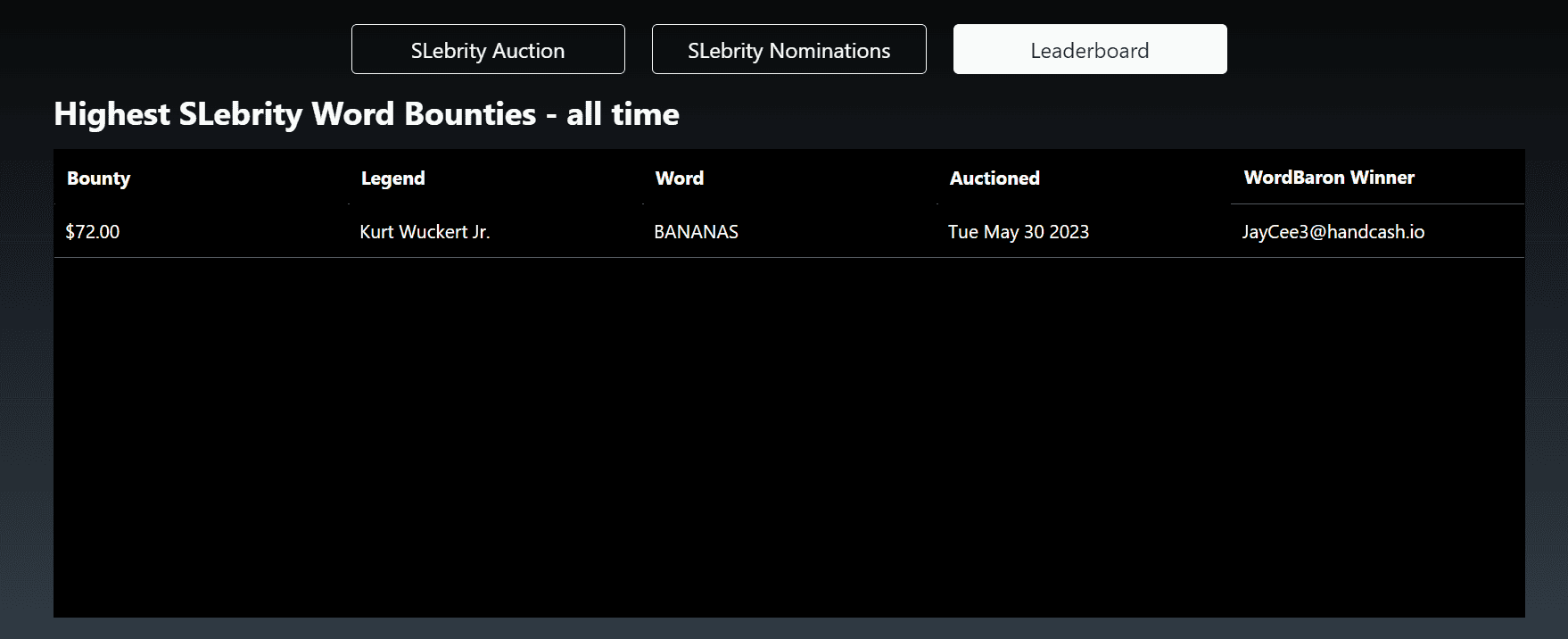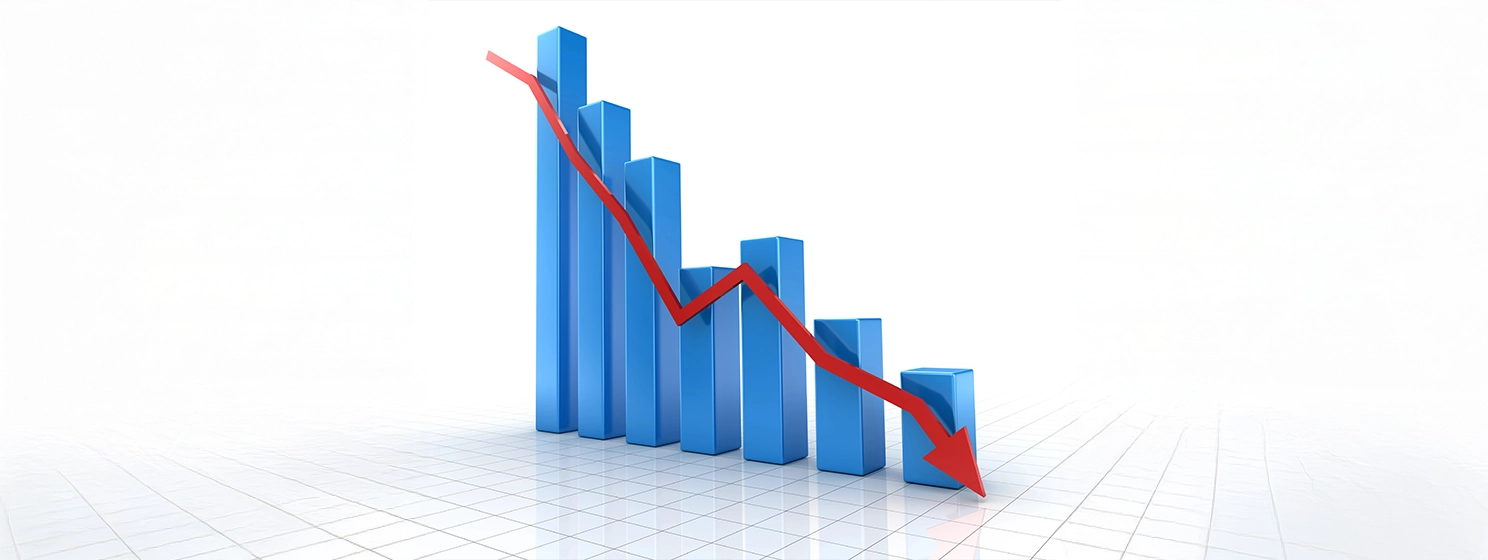|
Getting your Trinity Audio player ready...
|
This is a guest contribution from SLictionary.
Invaluble.com, “the world’s leading online marketplace for fine art, antiques, and collectibles,” says that humans have been collecting objects since we gave up our nomadic lifestyle 12,000 years ago. Psychologists have long been fascinated by the human desire to collect objects and concluded that there are myriad reasons why we collect.

Nostalgia drives us to save objects we identify with for their sentimental value. Hobbyists collect things that interest them, knowledge seekers keep historical art and artifacts that preserve culture and history, investors purchase collectibles to maintain and grow their wealth, and others collect for the prestige of owning rare and unique items.
Today Happy Meal toys sell for hundreds of dollars, Cabbage Patch Kids and Legos go for thousands, Pez Dispensers and lunch boxes for tens of thousands, vintage advertising signs and vinyl records for hundreds of thousands, baseball cards and comic books for millions, autographed memorabilia and coins for tens of millions, and fine art for hundreds of millions of dollars.
The items we choose to collect have significantly changed over the last 12,000 years, and due to recent technological advances, human collecting is going through another significant change right now.
The development of public blockchains has given individuals the ability to easily create digital assets using non-fungible tokens (NFTs). Technologists, artists, crypto enthusiasts, and all sorts of other people have become fascinated with NFTs, and collecting them has become so popular it is hard to find someone who has not heard of the craze. On March 11, 2021, Christie’s auction house sold Mike Winkelmann’s (a.k.a. Beeple) “Everydays: The First 5000 Days” digital art NFT for more than $69 million.

Many of these NFT collectibles are digital versions of what we traditionally collect, such as Beeple’s fine art or NBA Top Shots’ sports memorabilia NFTs, but others are coming up with more novel NFT collectibles.
SLictionary (Self-Learning dictionary), a new startup using Bitcoin to build the world’s first Web3 dictionary, has created a platform where anyone can tokenize their definition of a word into a Bitcoin transaction output known as a SLicDef token. SLicDef token creators own their tokens and can earn revenue from Web3 users who like them. They can also sell their SLicDef tokens or redeem them for the satoshis they are inscribed on.
SLictionary sees a lot of potential value in collecting and owning unique SLicDef NFTs created by prominent figures. The company has built a page for auctioning off the tokens on their platform known as SLebrity Auction (a play on the dictionary’s name). SLicDef tokens include definitions, a sentence, etymology, an image or animated GIF, and an audio recording of the prominent person’s voice pronouncing the word.
What would modern pop culture fans pay for an NFT definition of “bootylicious” fashioned and signed by Beyoncé or “YOLO” digitally autographed by Drake? What would a 1-of-1 tokenized definition of “inertia” created by Isaac Newton be worth to history buffs today? Which of the many words coined by Shakespeare (admirable, dawn, hostile, lonely, ode) would art lovers bid most for if he had Bitcoined his definitions into NFTs?
SLictionary completed its first SLebrity Auction in June with the sale of Bitcoin Chief Historian and Gorilla Pool founder Kurt Wuckert Jr.’s definition of “bananas.” Kurt’s SLicDef token was purchased for $72.00 (1.944 BSV) by HandCash wallet user JayCee3 and is now at the top of SLectionary’s SLebrity Auction leaderboard as the highest-selling definition.

This month, SLictionary will be auctioning off the Emperor of Bitcoin Daniel Krawisz’s definition of “hyperbitcoinization.” Krawisz has been involved in Bitcoin since 2011, founded pow.co, is the Director of Research at the Satoshi Nakamoto Institute, and is known for his Libertarian and Austrian Economics philosophy. In March 2014, the Emperor published an article titled “Hyperbitcoinization,” where he explained the meaning behind the term.
Hyperbitcoinization has become a commonly used term in the nine years since Krawisz first coined the word, but its definition cannot be found in any of the mainstream dictionaries. Could there be a better way for “hyperbitcoinization” to be defined than by the original creator of the word inscribing his definition in a dictionary built on Bitcoin?
Hyperbitcoinization: The #SLebrity Trailer

 12-26-2025
12-26-2025 




